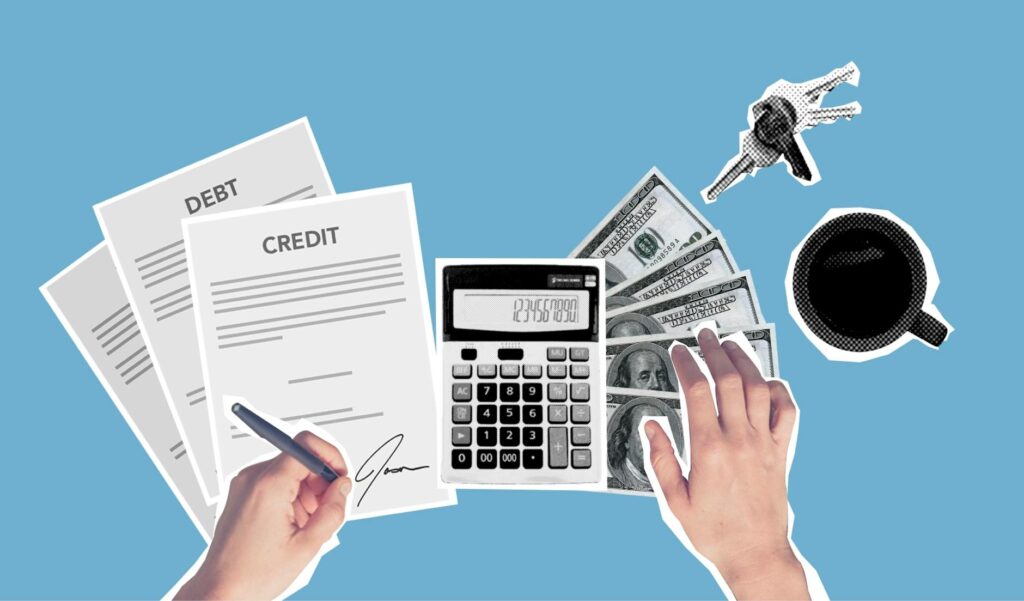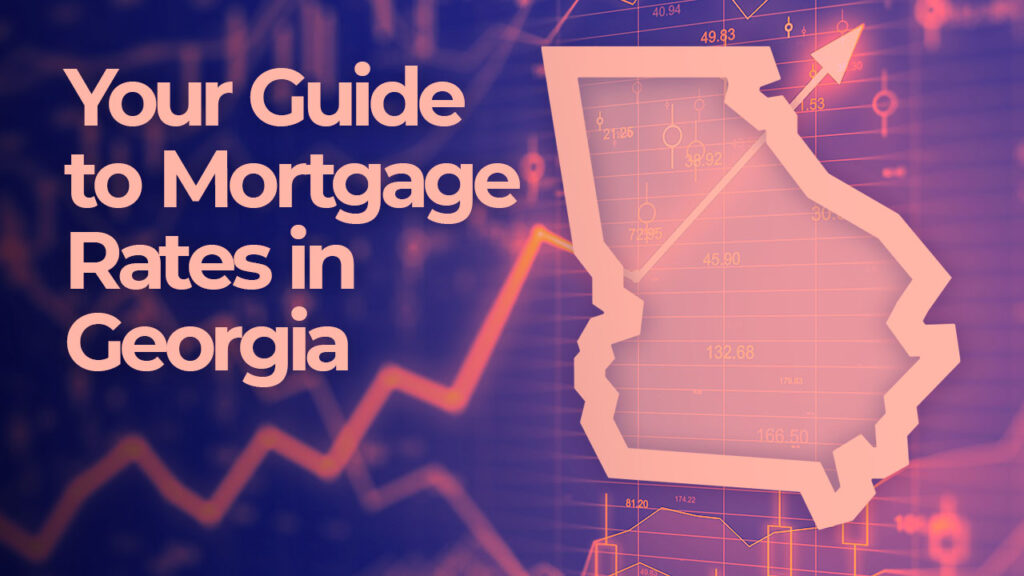Taking out a small loan might seem straightforward, but understanding the true cost goes beyond the advertised interest rate. Let’s explore the hidden fees and factors that inflate the final price.
Understanding the Advertised Interest Rate
The interest rate is a significant factor, but it’s often just the tip of the iceberg. It represents the cost of borrowing the money over time. Make sure you understand whether it’s a fixed or variable rate. Learn more about interest rate types.
Origination Fees
Many lenders charge an origination fee, a percentage of the loan amount, to process your application. This fee adds directly to the total cost, so it’s crucial to factor it into your calculations. 
Application Fees
Some lenders may also charge application fees to cover the costs of reviewing your creditworthiness and processing your paperwork. These fees can vary significantly, so it’s vital to shop around for the best rates and terms.
Prepayment Penalties
Be aware of prepayment penalties. Some loans charge extra fees if you pay off the loan early. This is less common with small loans, but it’s worth verifying with the lender.
Late Payment Fees
Missing a payment can lead to significant late payment fees. These fees can quickly add up, significantly impacting the overall cost of your loan. Check out this resource on avoiding late fees.
Annual Percentage Rate (APR)
The APR provides a more comprehensive picture of the loan’s true cost by incorporating interest and other fees. It represents the annualized cost of borrowing. Always compare APRs from different lenders before making a decision. 
Loan Term
The length of your loan significantly impacts its total cost. A shorter loan term means higher monthly payments but less interest paid over the life of the loan. A longer term reduces monthly payments but results in paying more overall interest.
Credit Score Impact
Your credit score plays a vital role in determining the interest rate you’ll qualify for. A higher credit score usually translates into lower interest rates and better terms. Improve your credit score with these tips.
Hidden Fees
Some lenders may have hidden fees tucked away in the fine print. Carefully review the loan agreement to identify any such fees before signing.
Insurance Premiums
Depending on the type of loan, insurance premiums might be required, further increasing the total cost. These premiums can be for things like credit life or disability insurance.
Comparing Offers
Always compare loan offers from multiple lenders to find the most favorable terms and fees. Don’t just focus on the interest rate; consider the APR and all associated charges.
Understanding Your Financial Situation
Before applying for a loan, assess your financial situation. Determine your ability to make timely payments to avoid additional fees and potential damage to your credit score.
Using a Loan Calculator
Online loan calculators can help estimate the total cost of a loan, factoring in interest and fees. Use this free loan calculator to plan your budget. 
Negotiating with Lenders
Don’t hesitate to negotiate with lenders, particularly if you have a good credit score or a strong financial history. Negotiating lower fees or interest rates can make a considerable difference.
The Importance of Transparency
Choose lenders who are upfront about all fees and charges. Transparency is key to making an informed decision.
Reading the Fine Print
Thoroughly read all loan documents before signing. Understand all terms, conditions, and fees to prevent unpleasant surprises later. Here’s a guide to interpreting loan agreements.
Budgeting for Repayments
Create a realistic repayment budget to ensure that you can comfortably afford the monthly payments without straining your finances.
Conclusion
Calculating the true cost of a small loan requires careful consideration of various factors beyond the advertised interest rate. By understanding these factors and employing diligent comparison and negotiation strategies, you can make a financially sound decision and avoid potential pitfalls. 
Frequently Asked Questions
What is the Annual Percentage Rate (APR)? The APR is the annualized cost of borrowing money, encompassing interest and all other fees associated with the loan.
How can I compare loan offers? Compare loan offers using an online loan calculator and consider the APR, loan terms, and all associated fees from different lenders.
What happens if I miss a payment? Missing a payment will likely incur late fees, negatively impacting your credit score.
Can I negotiate loan terms? Often, you can negotiate terms with lenders, especially if you have a strong credit history.
Where can I find more information on responsible borrowing? You can consult financial literacy websites and resources for information on responsible borrowing practices and budgeting.


